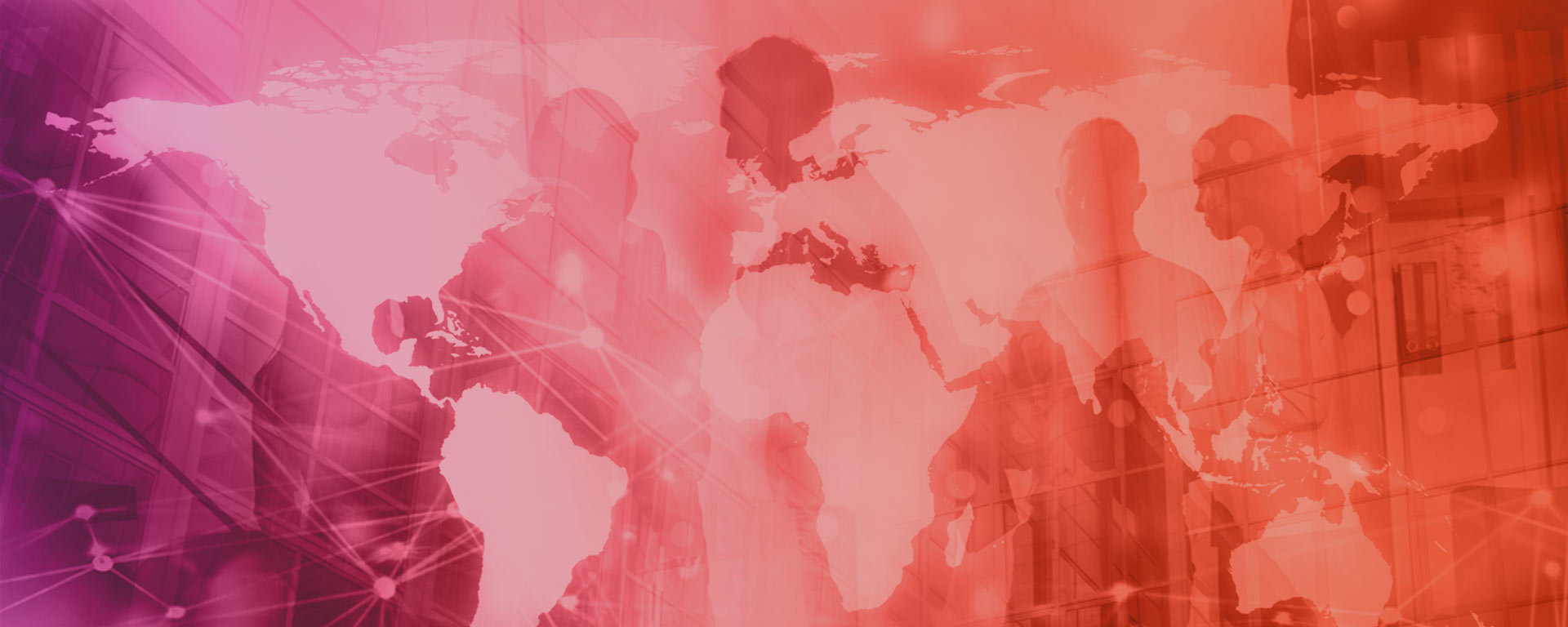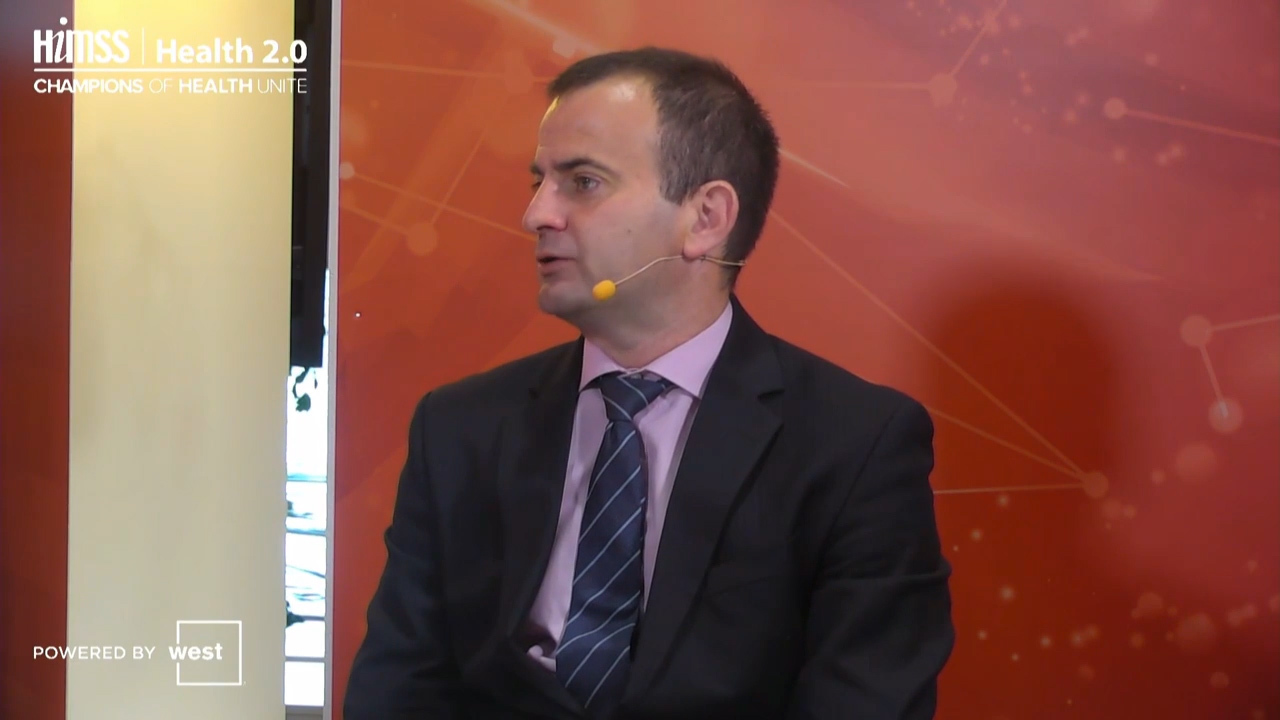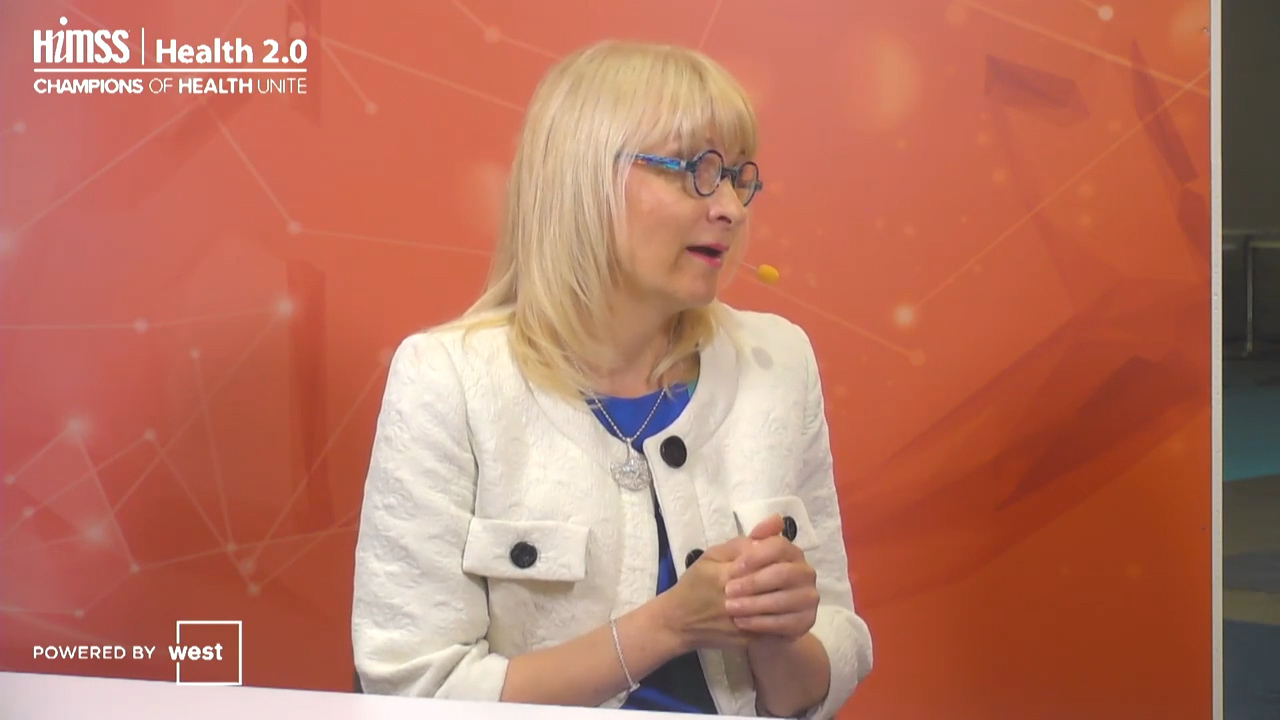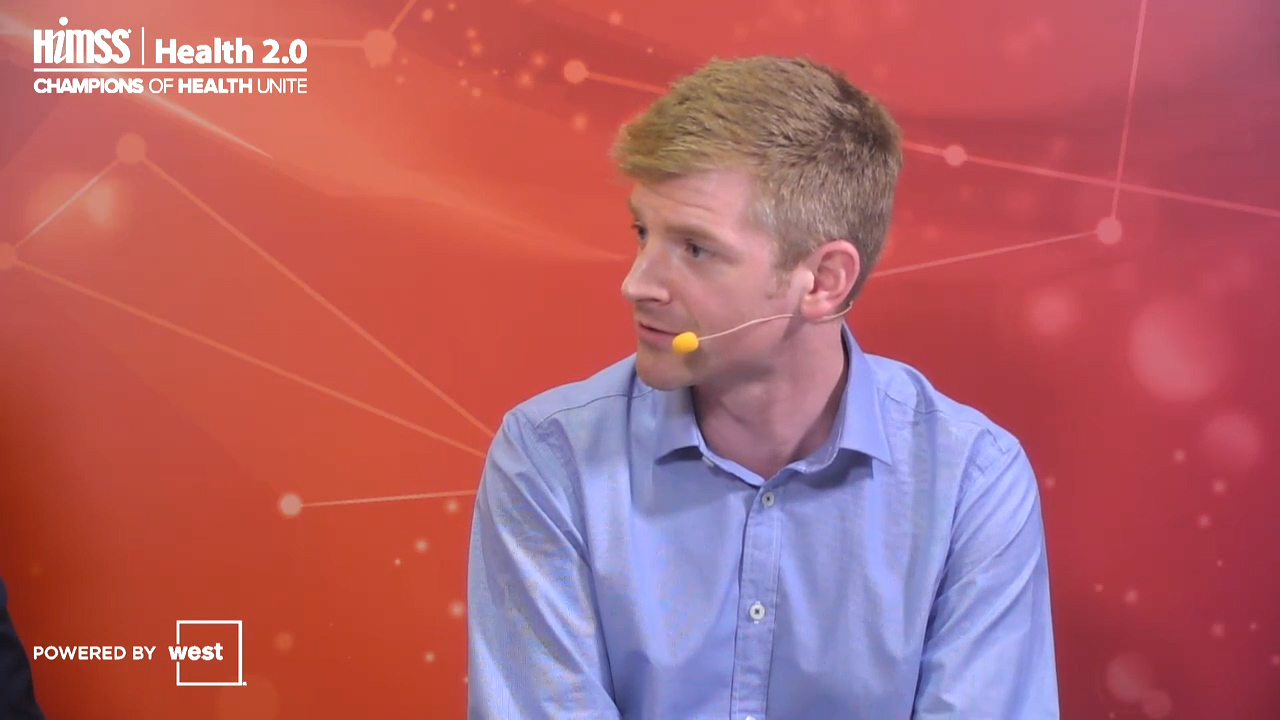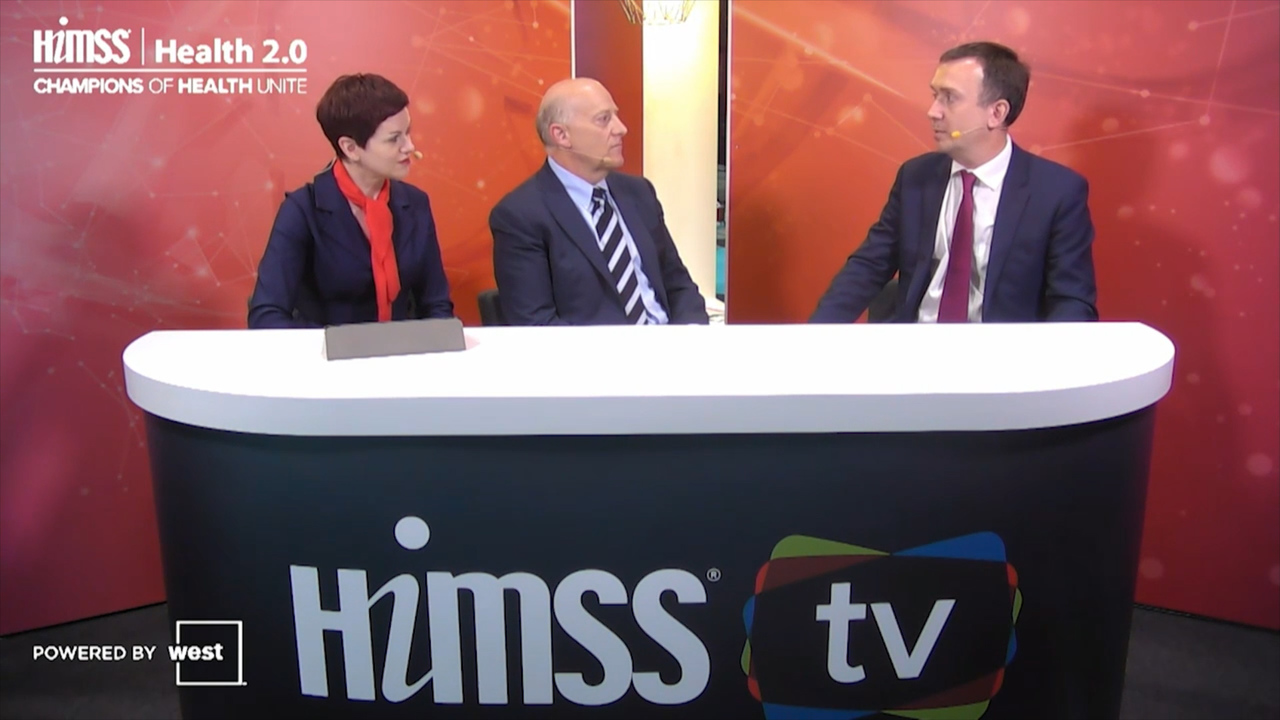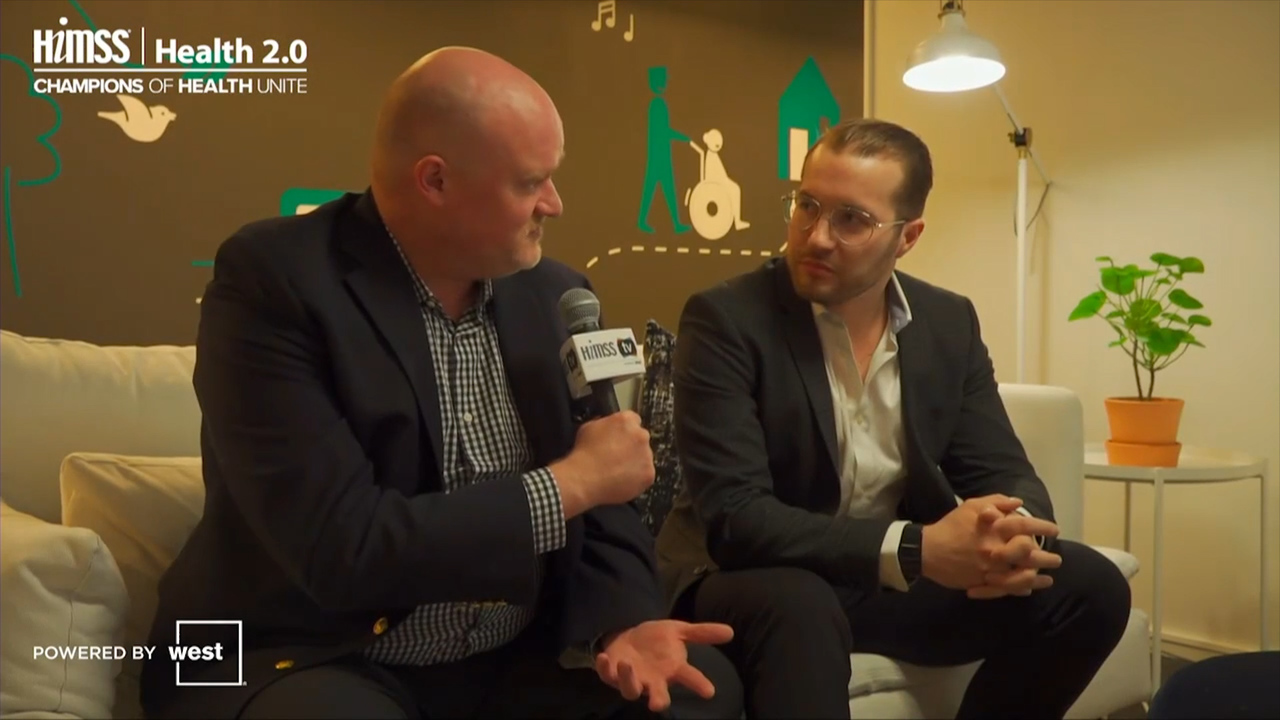news
Visions of better healthcare for everyone versus apocalyptic predictions of dehumanised medicine. How can we prevent the dream of digitalisation for people’s good from turning into a threat or pure unrealistic futurology?
Can pervasive technology become invasive? Could AI turn against patients and health professionals? The more digital technologies accompany patients and physicians, the more opportunities for better outcomes, but also concerns, especially those related to data security.
China’s social credit system raises many ethical questions, some chatbots available online are misleading, data gathered in social media can be used to influence political decisions, fake news distributed on the internet threaten human’s health and lives. The new generation of digital natives faces a tsunami of technologies.
Maneesh Juneja, digital health futurist, is passionate about exponential technologies in healthcare. He suggests that we are moving from a world where it's very difficult to get data on someone's health outside of their doctor's visit to a world where organisations and governments might be able to monitor citizens’ health 24 hours a day, providing digital nudges to shift behavior and being able to book you in for therapy before you even realise you are falling sick.
“Whether your concern with this future vision is privacy, security, or ethics, or all three, it's critical that we build the future with people, not for them. Trust is going to be even more important as the pace of change speeds up,” Juneja pointed out. The challenge is, how do we design these new services to be inclusive, respectful, and transparent.
We are already experiencing lessons on how important it is to look forward, to build smart and suitable solutions. One hundred years after the industrial revolution, societies profit from the most significant technological progress in the history of humanity, but meantime, we have to face the side effect that threatens our existence – climate change. Similarly, technology is not neutral.
Tamsin Rose, senior fellow at Friends Of Europe, said that data is the currency of the new digital ecosystem. “Like money, the more data you acquire, the more things you can do with it. Right now, the big tech dragons are hoarding enormous treasure troves of data about each and every one of us. This is the dystopia that the insights from data aggregation don't benefit the people but are monetised to make profits,” suggested Tamsin Rose.
We need a fundamental revolution of business models in the digital sphere. The added value that comes from data collected passively or actively shared. “Done right, this could empower the poorest and most excluded to have a share in the benefits of the digital transformation. Done wrong, we face being cogs in a system with no agency of control,” concluded Tamsin.
Bogi Eliasen, an expert on the Future of Health at Copenhagen Institute for Future Studies, said that we have to focus more on what we want to make out of the technology and less on what contemporary technology can do. “We need to remember that ethics does change over time and place and thus try to develop some ethical frames that are better at grasping the accelerating tech development,” argued Eliasen. If privacy and anonymity are impossible to guarantee, transparency will become more important as a safety and security measure for personal security.
“We need to adopt a new social contract in the digital age, we have to set data free to create new valuable understandings and services,” summarised Eliasen.
Artificial intelligence, algorithms, robotics – new technologies develop quicker than we, people, do. “We still don’t know what we are dealing with, but I think that instead of competing with AI, we will have to emerge with it. Technology is already now augmenting our skills,” said Teemu Arina, co-author of the “Biohacker’s Handbook.”
The bad news is that as human species, we develop slower than the technology. On the other hand, we have to keep experimenting in search of innovations that can potentially improve our world. Unfortunately, there is always the danger that radical technologies created for a good purpose will influence our lives negatively.
Artur Olesch is a freelance digital health journalist.
.jumbotron{ background-image: url("https://www.healthcareitnews.com//sites/hitn/files/u2556/HelsinkiJumbotron.jpg"); background-size: cover; color: white; }
.jumbotron h2{
color: white;
}
Full coverage: HIMSS & Health 2.0 Europe 2019
Healthcare decision makers, patients, clinicians, nurses, life science professionals, innovators and many more are set to convene at the HIMSS & Health 2.0 European Conference 2019 in Helsinki on 11-13 June.
